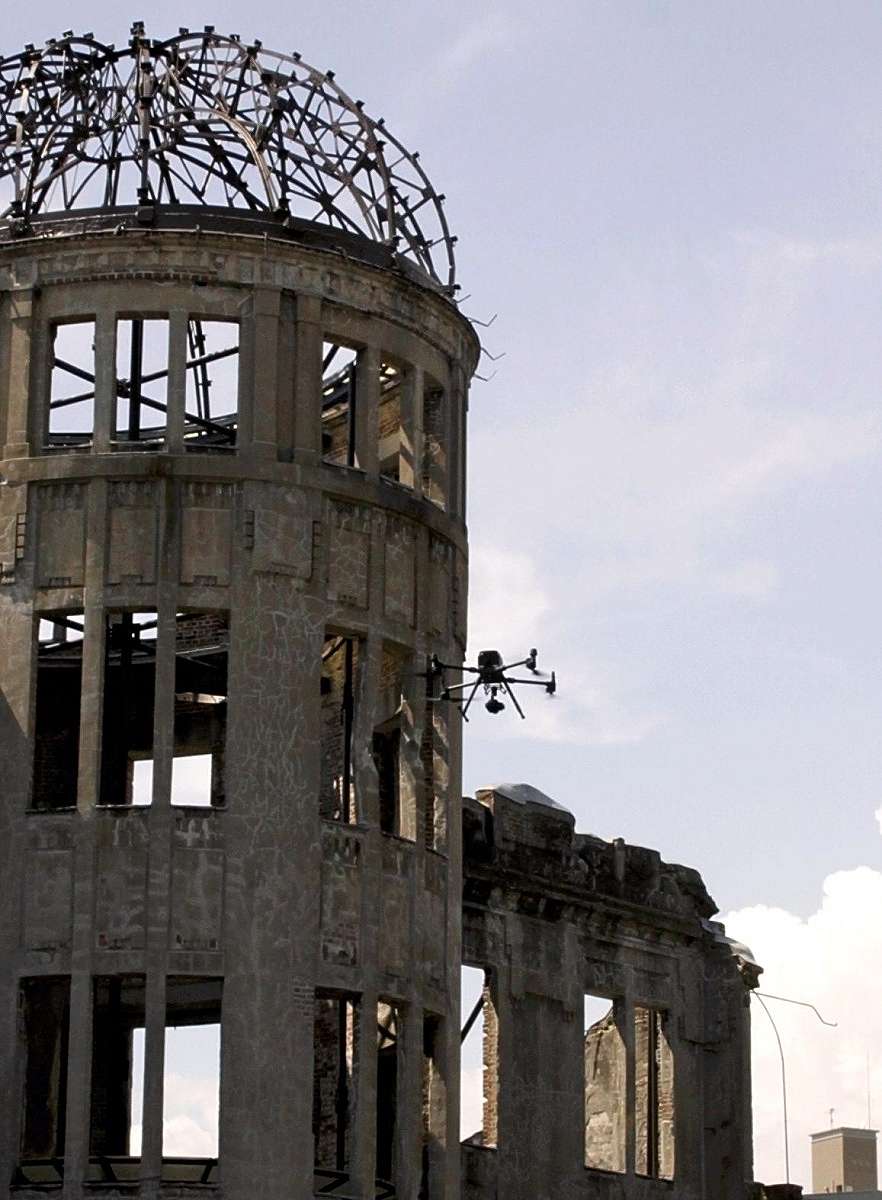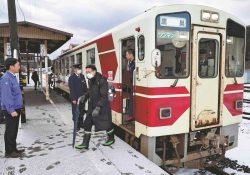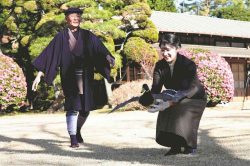Hiroshima Uses Drones to Survey A-Bomb Dome; Devices Allow Less Labor-Intensive Examination for Deterioration

A drone flies around the Atomic Bomb Dome in Hiroshima.
6:00 JST, August 31, 2024
HIROSHIMA — The city of Hiroshima has begun using drones to inspect the condition of the bricks and mortar making up the outer walls of its Atomic Bomb Dome World Heritage Site.
The city has conducted a survey every three years since fiscal 1992 to monitor the building for deterioration. This was the 10th time the city has conducted this examination, and the first time that it was done entirely using drones.
On the day of the survey, two drones of different sizes were flown to photograph the exterior and interior of the Dome to examine the deterioration of the walls.
This approach allows for the detection of cracks with a width of 0.2 millimeters or greater. Work is scheduled to continue until Sept. 6, but its completion may be delayed due to the approach of Typhoon Shanshan toward Western Japan.
For previous surveys, extensive scaffolding would be erected, and visual and acoustic inspections would be conducted over about the course of about five months.
However, during the inspection, the outside of the Dome was covered with a tarpaulin and could not be seen. There were also concerns that this approach put stress on both the Dome itself and the ground it stands on.
In 2022, the city tested the use of a drone to take photographs to be analyzed. This proved to be a viable approach, and the city decided to use it on a full-scale basis. From now on, drones will be used to conduct inspections every three years, and surveys using scaffolding will be conducted every nine years.
"Society" POPULAR ARTICLE
-

M4.9 Earthquake Hits Tokyo, Neighboring Prefectures
-

M7.5 Earthquake Hits Northern Japan; Tsunami Waves Observed in Hokkaido, Aomori and Iwate Prefectures
-

Tsukiji Market Urges Tourists to Avoid Visiting in Year-End
-

Israeli Tourists Refused Accommodation at Hotel in Japan’s Nagano Pref., Prompting Protest by Israeli Embassy and Probe by Prefecture
-

Beloved Cat Stationmaster Nitama in Wakayama Pref. Passes Away at 15
JN ACCESS RANKING
-

Keidanren Chairman Yoshinobu Tsutsui Visits Kashiwazaki-Kariwa Nuclear Power Plant; Inspects New Emergency Safety System
-

Imports of Rare Earths from China Facing Delays, May Be Caused by Deterioration of Japan-China Relations
-

Japan Exports Rise in October as Slump in U.S. Sales Eases
-

Japan Pulls out of Vietnam Nuclear Project, Complicating Hanoi’s Power Plans
-

Govt Aims to Expand NISA Program Lineup, Abolish Age Restriction





















